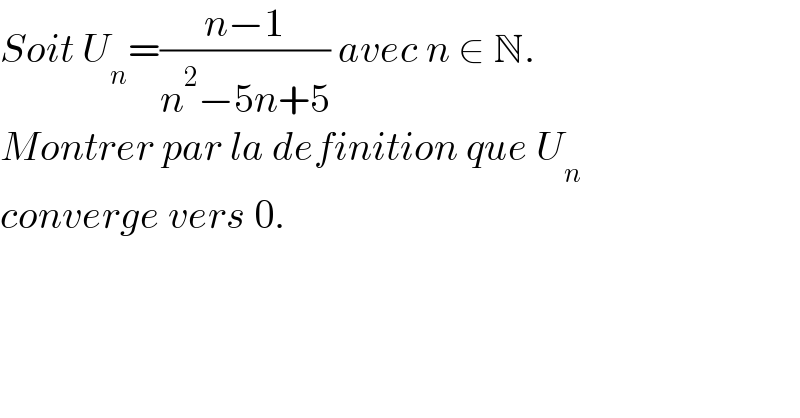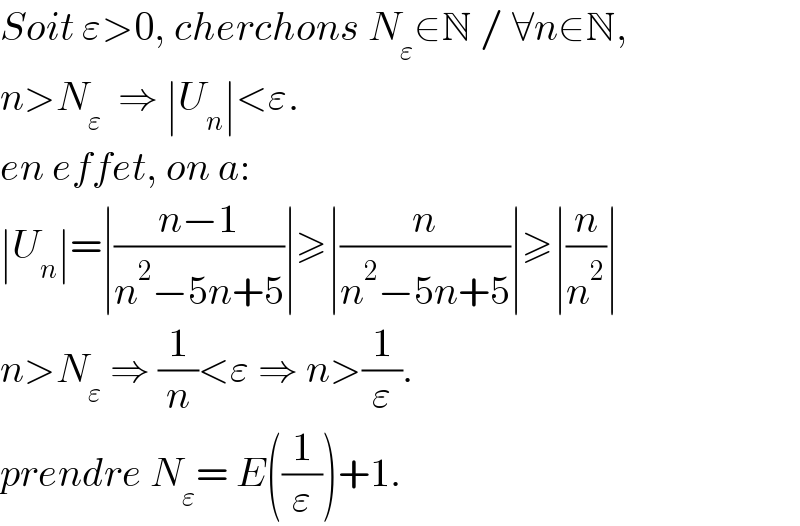
Question and Answers Forum
Question Number 163137 by mathocean1 last updated on 04/Jan/22

Answered by puissant last updated on 04/Jan/22

Commented by mathocean1 last updated on 10/Jan/22

| ||
Question and Answers Forum | ||
Question Number 163137 by mathocean1 last updated on 04/Jan/22 | ||
 | ||
Answered by puissant last updated on 04/Jan/22 | ||
 | ||
| ||
Commented by mathocean1 last updated on 10/Jan/22 | ||
 | ||